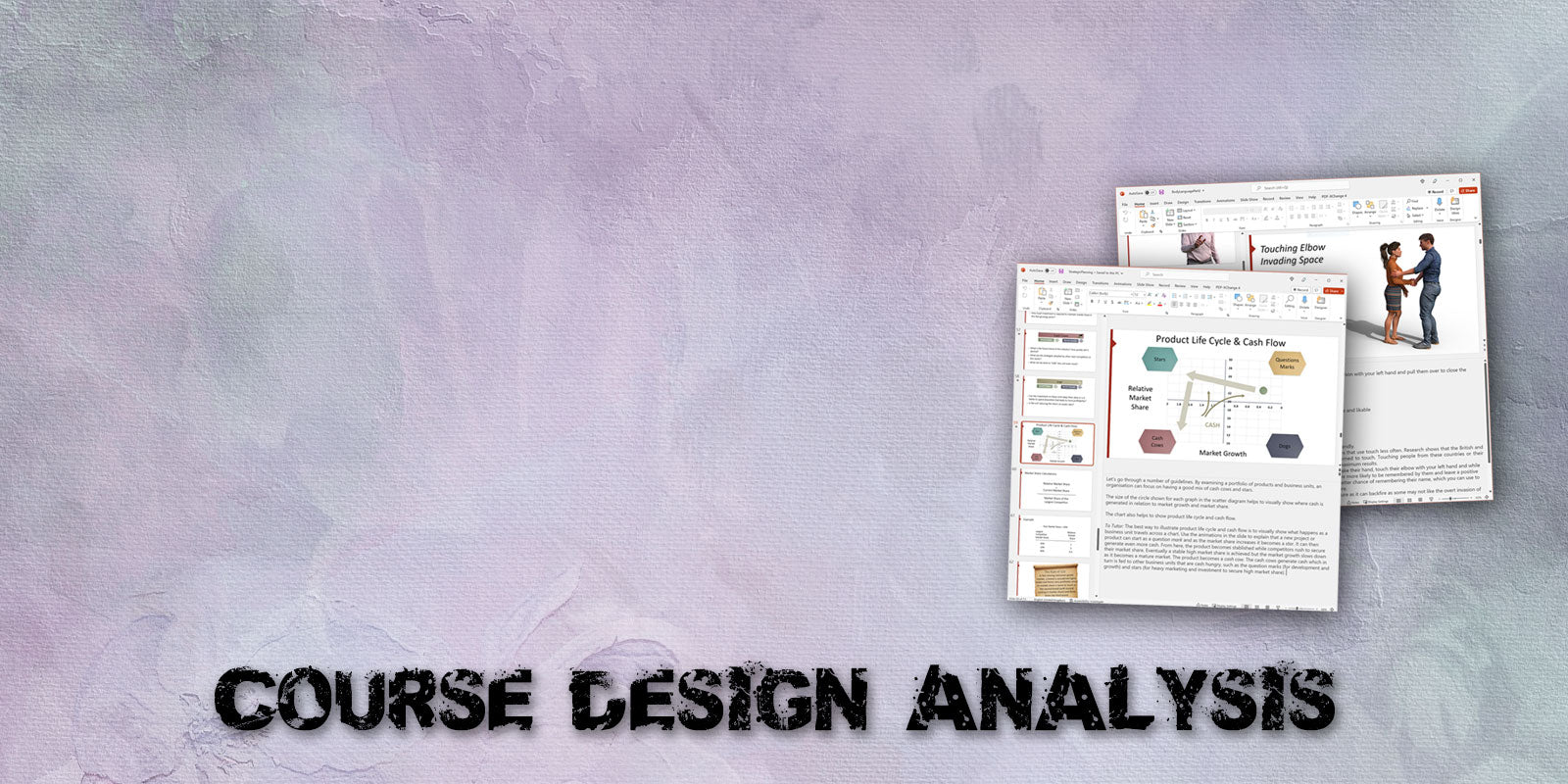
Load Balancing: Overwhelmed
Too much information can be exhausting. Some exercises might be intense and mentally engaging. When people, are tired they can’t learn, so it is important to follow a difficult exercise with light content, sometimes even with humour or stories to let delegates relax and regain energy before leading them to the next topic. Topics in our courses are always balanced against each other and sequenced appropriately to make sure they are not overwhelming.

Load Balancing: Undersupplied
If the content seems obvious, people usually switch off and start looking anywhere but at the trainer. People remember a boring course for a long time and will avoid using similar services in the future. We don’t want to give you a course that your delegates find boring. When designing our training courses, we make sure all sessions have interesting and non-obvious content so that people with various abilities can always pick up something useful they didn’t know before. We rigorously test the boredom level of our courses when delivering to different people to maximise the appeal of the content. We also obtain a lot of feedback from our customers to make sure this requirement is satisfied.

Energy Management
We structure the course around breaks to make sure that people have enough energy to learn or participate in exercises. For example, we avoid theoretical content after lunch, because it is likely to put people to sleep. Energy management is mainly achieved through experimentation over course deliveries and from feedback from our customer. We analyse how delegates progress during the course and at what point they get tired. We use this knowledge and feed it back to specific and generic course design.
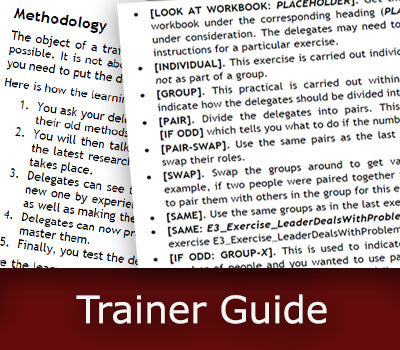
Pre-Delivery Course Analysis
Every course is systematically analysed to make sure it adheres to Skills Converged quality standards. Training Materials must satisfy two fundamental needs:
- Delegates must be able to learn as much as possible on a given topic in the short amount of time available in the course.
- A trainer must be able to pick up the content easily and know how to deliver the course with minimal effort. This requires clear instructions for the trainer to know how to pace the course, what to say, what to ask and what responses to expect from delegates.
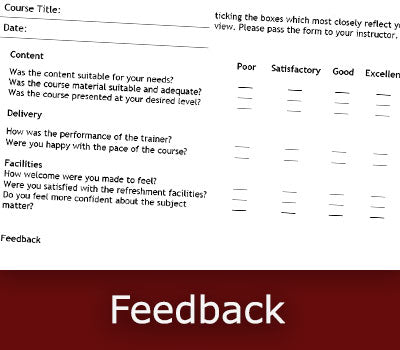
Post-Delivery Course Analysis
After every course delivery, we collect information on delegate satisfaction, expectations, acquired skills, trainer feedback, pacing, ease of delivery, ease of exercise execution and many other key parameters. These are collected in a database and are fed back to training designers which in turn improve the courses. This process is iterative and is applied every time a course is delivered. We also collect feedback from our customers so we can improve the courses and the design process.
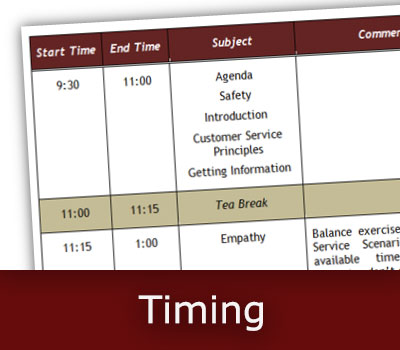
Timing Analysis
We carry out extensive timing and pacing analysis to make it easy for trainers to use the training materials for their specific needs and number of delegates they have. As the size of a group goes up, certain elements may take longer such as group discussions or exercises. In addition, a trainer may prefer to spend more time on a certain topic for a specific group of delegates. To cater for all of these needs, during course design we identify certain parts as optional and provide course specific guidelines on how to run the course to satisfy different needs.

Matched Expectations
Delegateshave certain expectations when attending a course. A course must be designed and advertised in such as way to correctly satisfy this expectation. The feedback collected from course deliveries and also from our customers who purchase training materials is used to make sure this requirement is satisfied.

Course Extension and Reduction Flexibility
As with all courses fromSkills Converged, trainers can easily modify the content, add or remove parts. For example, sometimes trainers have a requirement to deliver a two day course or a half-day course. Since each course consists of a number of well defined sessions, it is easy for a trainer to choose a number of critical sessions and use them for a short course delivery. On the other hand, optional exercises, exercise variations and content extensions provided in the training materials allow trainer to extend the course beyond the original advertised length.

Lecture Avoidance Measure
An important area that Skills Converged is particularly concerned about is to design training materials in a way to systematically prevent trainers from using a lecturing style when delivering a course. A training course is not a lecture. Numerous studies show that lecturing is a far less effective method in comparison with interactive training when skill transfer is critical. Unfortunately not all trainers follow this methodology. In addition, even those who are familiar with this concept may easily fall back into lecturing mode since it is what most people are used to. As a course designer, we consider lecture avoidance to be a critical parameter. Hence, we structure and design our training courses to maximise interactivity and use extensive question/answer techniques to help trainers avoid the lecturing style systematically. We use Lecture Avoidance Measure during course design and delivery to make sure courses would adhere to specific Skills Converged standards.
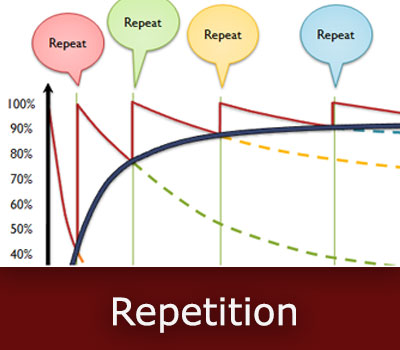
Memory Test: Repetition
Experience and learning theory tells us that to learn we need to repeatedly go over a certain content or skill. Every repetition energises the neurons in our brain and makes it easier to acquire the skill and remember the content. When developing our training courses, certain critical topics are repeated throughout the course and visited from different angles across multiple sessions. This revisiting serves two purposes. One is that the repetition helps the delegates to remember the content and the second is that delegates will unconsciously take that content more seriously since if it is repeated so many times, they would assume that it must be an important topic.
Testimonials
Lisa Bashor, Principal and Owner, LFW Group, USA
Extremely comprehensive materials!
Outstanding organization of all materials. Please add more courses. I am very impressed with what you have done.
Peter James, Continuous Improvement Consultant, UK
Professional looking package adds to the credibility!
As a trainer [your company] gives me the ability to obtain high quality training material quickly that I can adapt to the needs if the business. The professional looking package adds to the credibility of the training being delivered and gives confidence to staff that the learning is adding value to their daily working lives. Please add new topics to the list of training materials available especially material focused on soft skills. My experience in a world being overrun by IT is that many people are losing face to face communication and engagement skills and we need to get them back.
Andrew Chow, Managing Director, IdeaMart Ltd, Singapore
You cannot find a peer in your class of competition!
I am amazed by the quality of research, comprehensive guide of more than 10 training documents for almost every major skill and management training topic in the market. Purchasing and downloading the courseware is a breeze. You cannot find a peer in your class of competition. My training career would have been even more outstanding had I known SkillsConverged earlier.
Our products are used by some of the best organisations in the world















